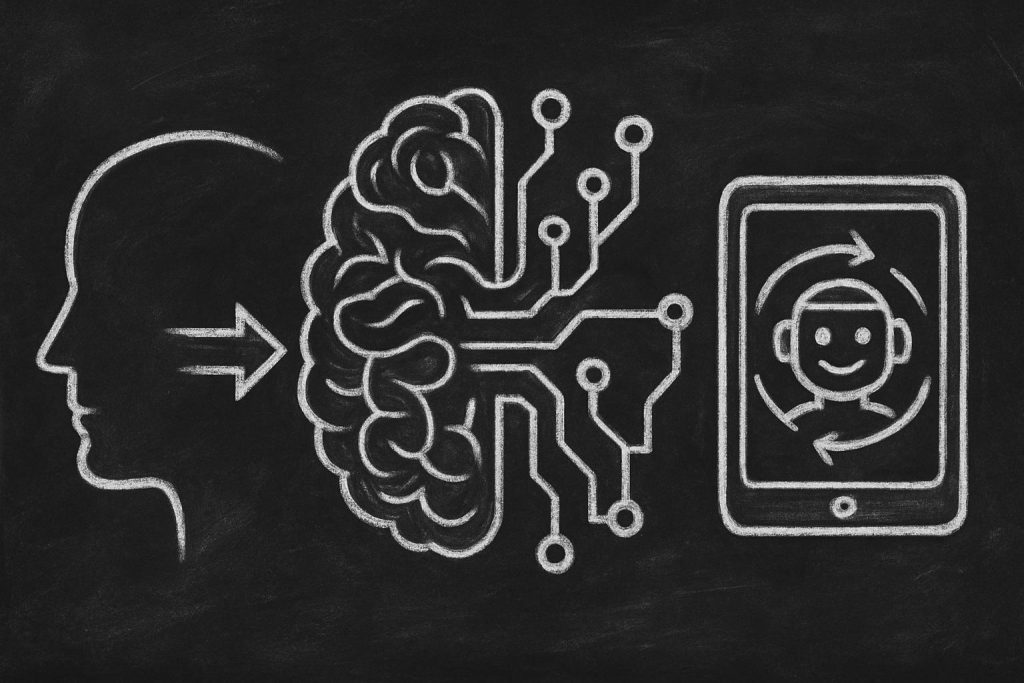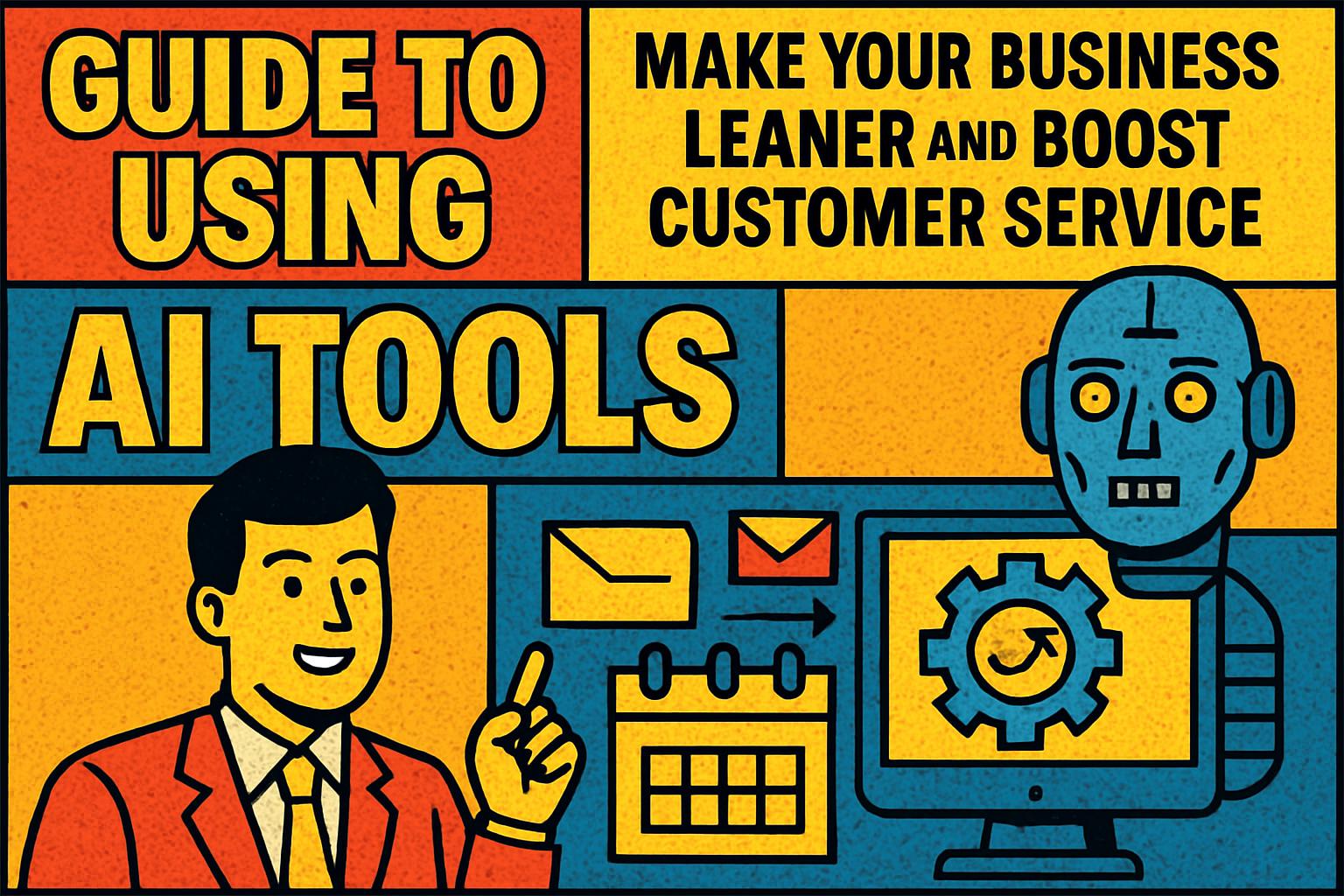Technology is starting to anticipate rather than just react. Systems that operate independently, making decisions based on individual needs and context, are gaining traction. But as these tools reshape convenience and personalization, how do we navigate questions of trust and control?
Personalized agentic experiences are coming, according to Fast Company, and they’re set to redefine how people engage with technology. Unlike traditional tools that require constant direction, this new category centers on systems that act independently to anticipate needs, solve tasks, and adapt to changing situations. These systems utilize technologies such as multimodal models and private, on-device data processing to provide results and recommendations that feel intuitively personal.
What Makes Agentic Systems Different?
Agentic systems move beyond the reactive, one-step interactions we’re familiar with in traditional generative tools. Instead of waiting for a specific query, these systems can take proactive steps to complete complex tasks on their own. For instance, a generative tool might create a travel itinerary based on user input, but a fully agentic system could handle all the details—from booking flights to adjusting plans when a delay occurs—without needing frequent updates from the user.
These frameworks are not just conceptual; real-world industries have already begun implementing them. Applications range from using satellite and sensor data to evaluate infrastructure after natural disasters, to platforms like Salesforce’s Agentforce, which helps businesses simulate and plan initiatives such as product launches. Qualcomm Technologies is also involved, with platforms like the Qualcomm Orchestrator. This system uses on-device processing, personal knowledge graphs, and multimodal inputs such as text or images to deliver customized responses, while maintaining a focus on privacy and security.
What’s Driving the Interest?
The shift toward these tools signifies more than just another technical achievement; it’s a foundational change in how people can incorporate intelligent design into everyday workflows. These systems allow for automation not just on a functional level but on a personal one, offering practical benefits like time-saving convenience and the opportunity to better understand context and preferences. For businesses, analysts predict that by 2028 one-third of enterprise software could include these self-directed systems, a major shift from today.
Potential Benefits to Everyday Users
Agentic systems can change how individuals navigate their lives. Beyond convenience, these tools offer deeper personalization by analyzing user context without dependency on external data storage. For example, a smartphone equipped with such technology could plan a day in a new city by pulling relevant details from past messages, such as where to stay, eat, or visit. People gain not just precise recommendations but also peace of mind knowing these insights stay private.
Challenges Ahead
While the advantages are substantial, there are still hurdles to overcome. Trust remains a key issue—how much autonomy users are willing to grant these tools, and the ways companies manage privacy, will determine how broadly they are adopted. Ethical design will also play a critical role; ensuring systems make decisions transparently and with user control will help avoid issues that could discourage potential adopters.
Business Opportunities
- Create a service that offers personalized itinerary planning for remote workers using on-device systems and locally stored preferences.
- Develop tools for small businesses to simulate and optimize customer experiences in real-time through intuitive orchestration software.
- Introduce a disaster response platform that autonomously coordinates recovery logistics based on real-time geospatial and sensor data.
Though this new era of self-directed systems holds vast potential, it also raises questions about practicality, trust, and balance. Autonomous tools that can handle the everyday decisions and complexities of modern life may soon blur the lines between convenience and reliance. For individuals and businesses alike, this could mean a future where digital interactions are beneficial in ways that feel natural and secure—or one that requires careful thought about how much control to give up in the name of efficiency. As we think about the possibilities, meaningful progress will be shaped by careful integration and user-centered design.
—
You can read the original article here.
Image Credit: GPT Image 1 / Blackboard Chalk Art.
Make your own custom style AI image with lots of cool settings!
—
Want to get the RAIZOR Report with all the latest AI news, tools, and jobs? We even have a daily mini-podcast version for all the news in less than 5 minutes! You can subscribe here.
RAIZOR helps our clients cut costs, save time, and boost revenue with custom AI automations. Book an Exploration Call if you’d like to learn more about how we can help you grow your business.







